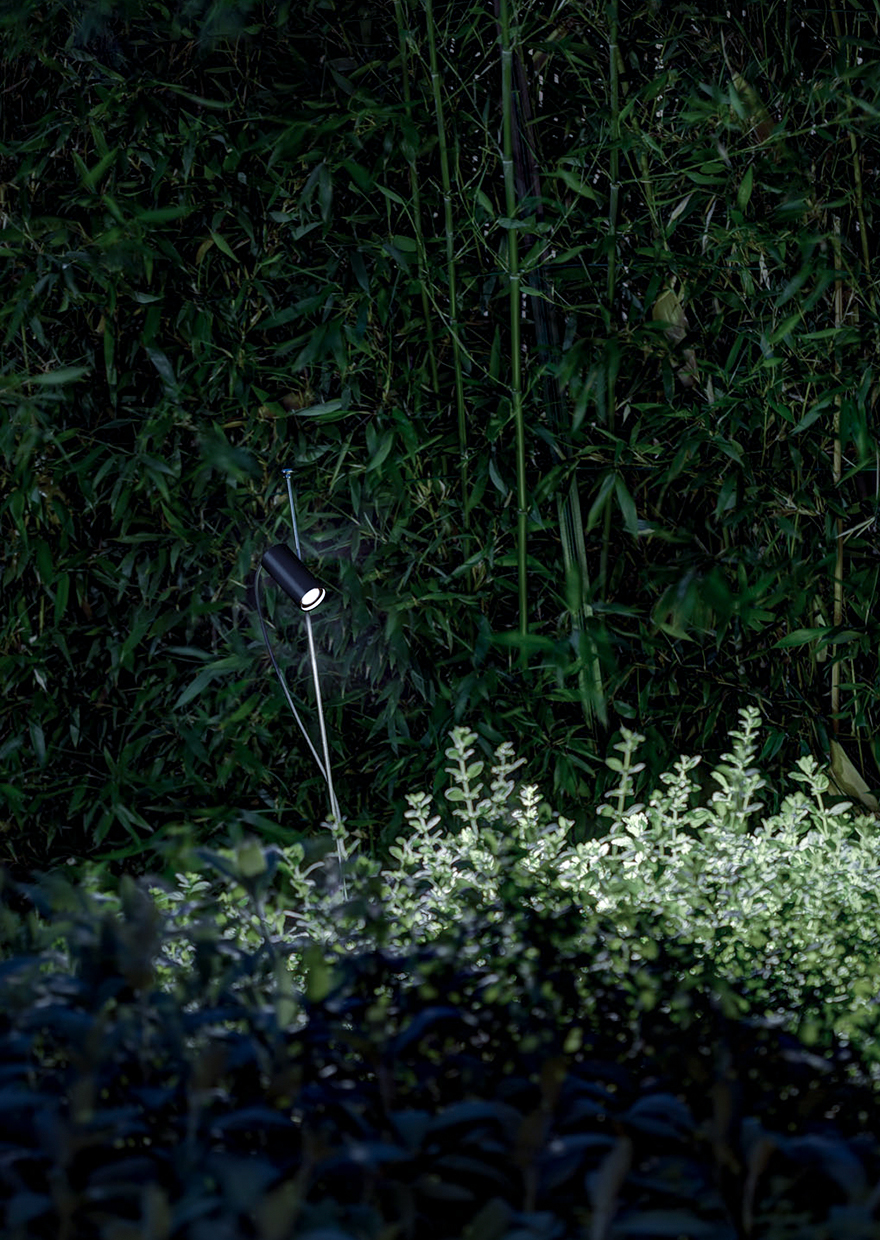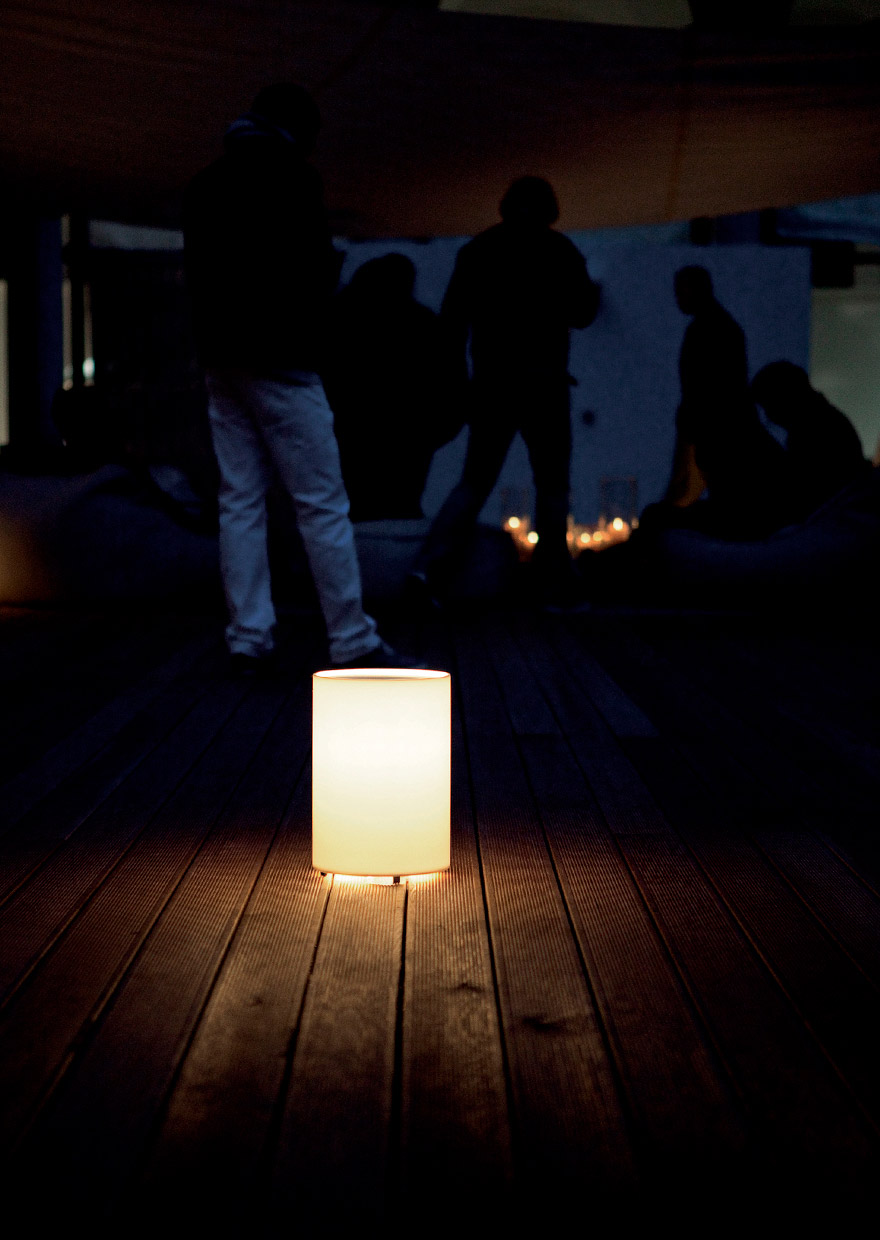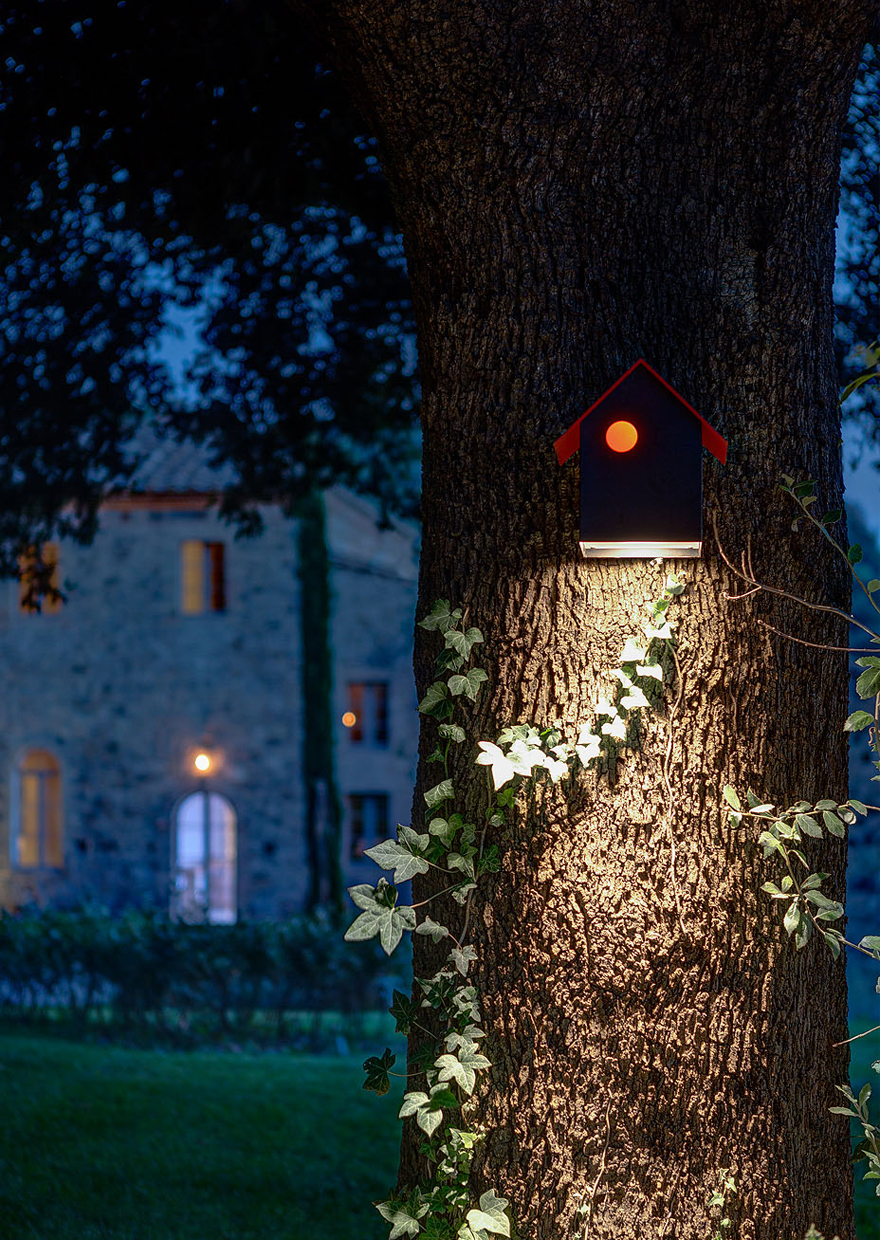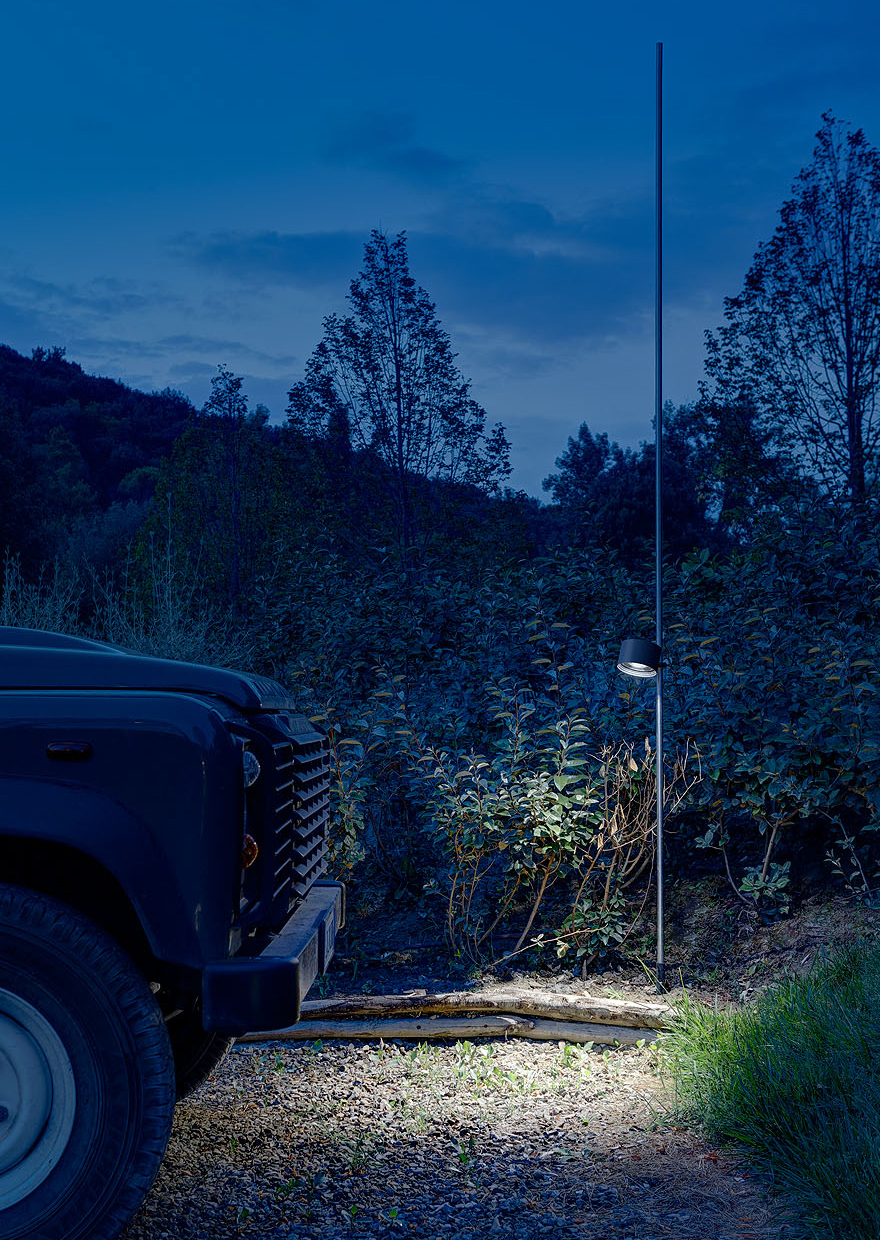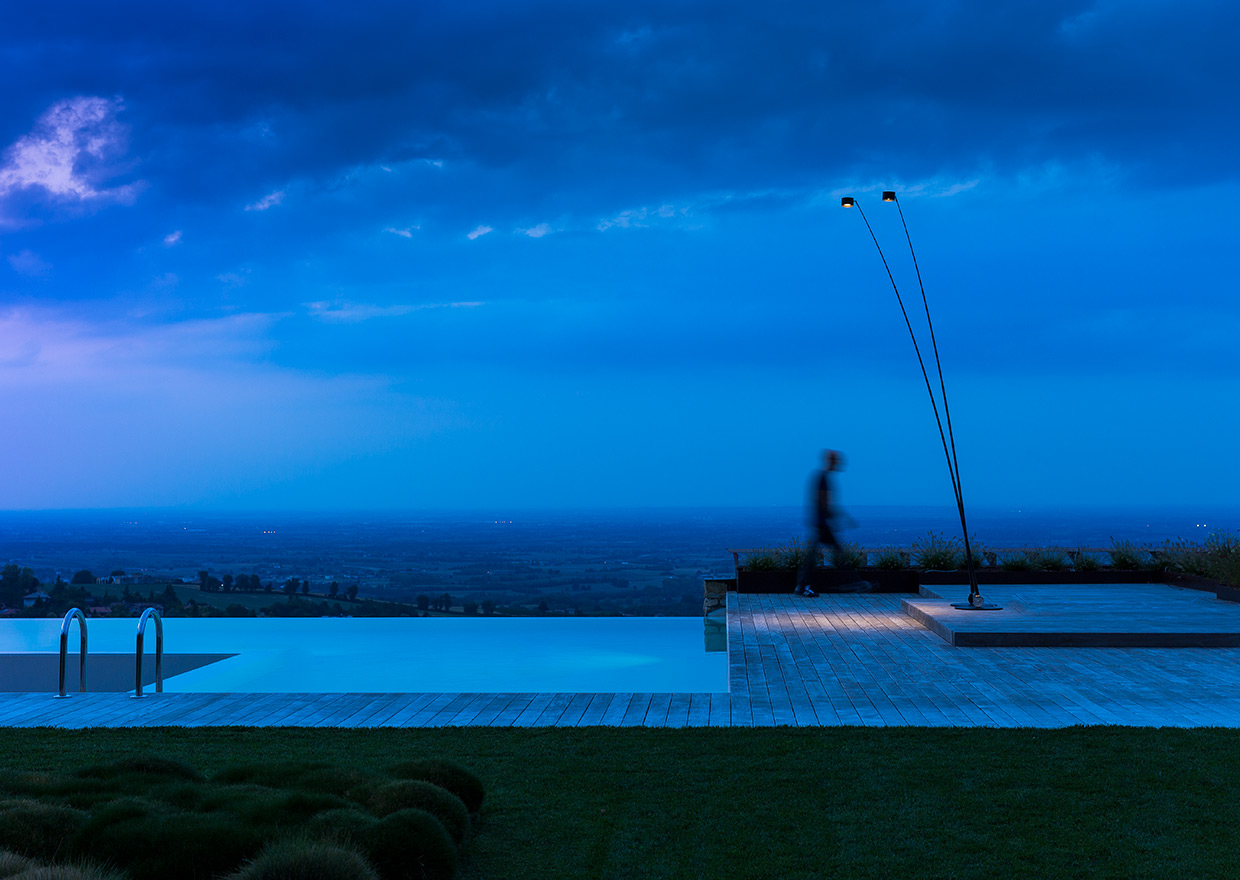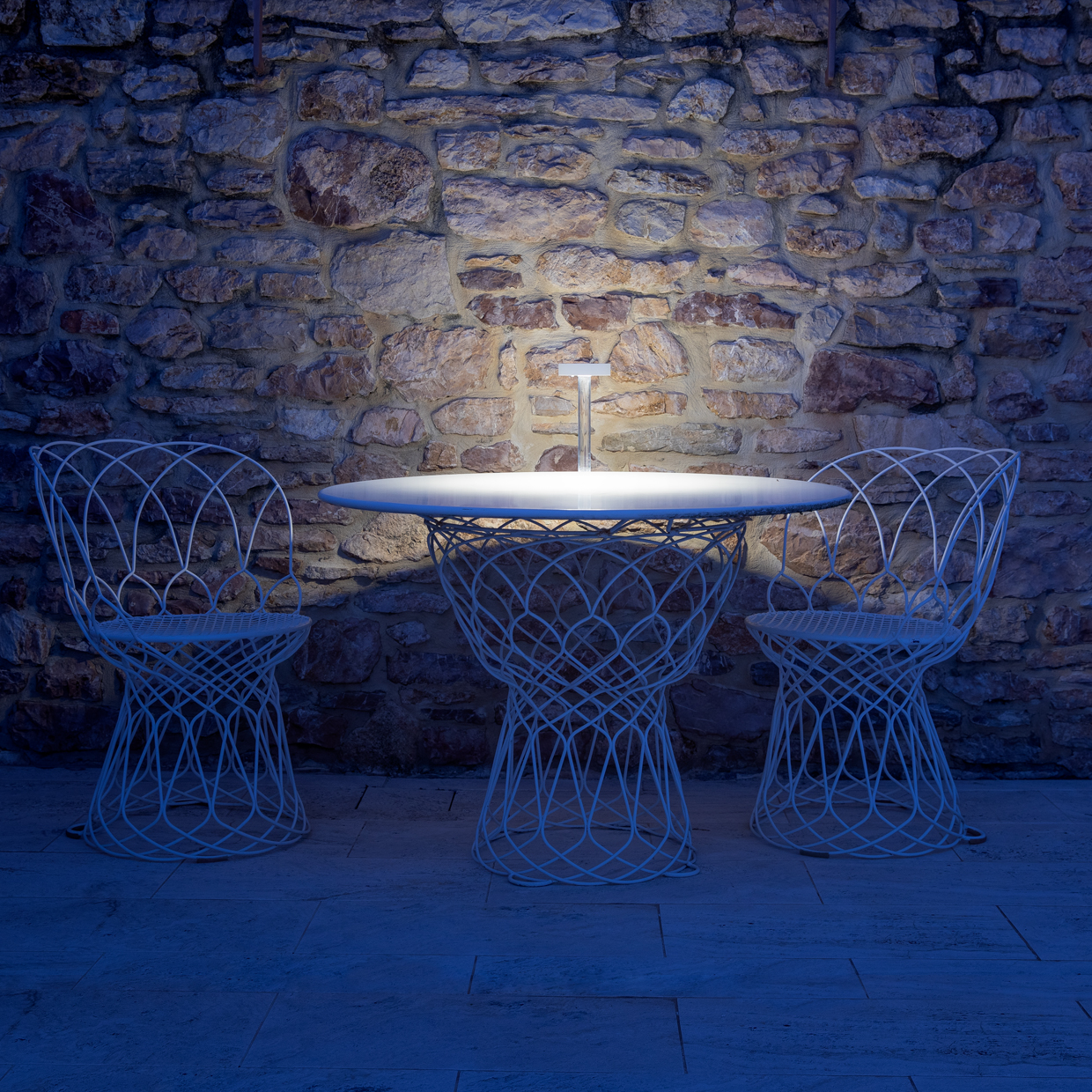xcelsior izmanto sīkdatnes (“cookies”), lai veidotu šo mājas lapu ērtāku jūsu lietošanai. Sīkdatnes ir anonīmi dati, kas nesatur privāto informāciju. Uzzināt vairāk
✕| 19. April, 2021 |
| All posts |
| Previous post: V2 – the new kitchen by Vipp |
| Next post: Chair – a design trophy |
Nature-friendly outdoor lighting
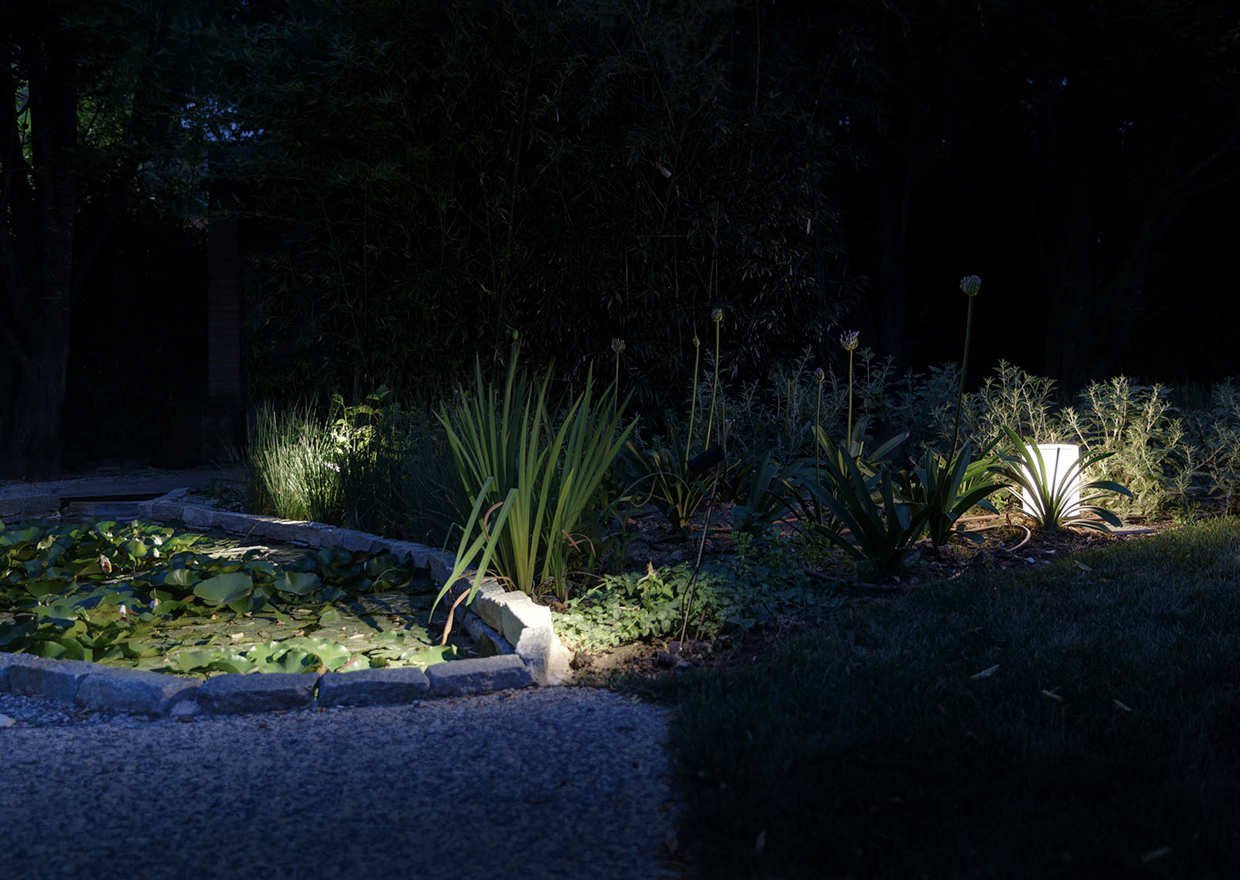
Warm summer evenings are just around the corner and very soon we will want to spend more and more time outside, staying there well after dark. Properly designed outdoor lighting can give your garden, terrace or even a balcony a special atmosphere, but one must remember that outdoor lighting does not only affect the residents of the house itself – it also penetrates our common space. That's why when planning outdoor lighting, less is definitely more.
*Why is it important to limit the amount of light?
Studies show that light pollution affects 83% of the world's population. The permanent presence of light affects not only our sleep cycle, but also disturbs animals and plants. Due to light pollution, animals can become disoriented and their natural lifestyle can be disturbed. Nocturnal species that lose the opportunity to hide are particularly affected. This reduces the diversity of nature. For example, birds that usually avoid predators when flying at night lose their migratory routes, but their abandoned areas can increase the number of pests that damage farmers' crops.
As plants absorb energy through the process of photosynthesis, it could be thought that more light is good for them, but research shows that the light intensity of light pollution is not high enough, and as a result many plants may consume more energy trying to process this light than get out of it. Light is also a source of plant information – without dark, plants cannot slow down their metabolism and 'relax'.
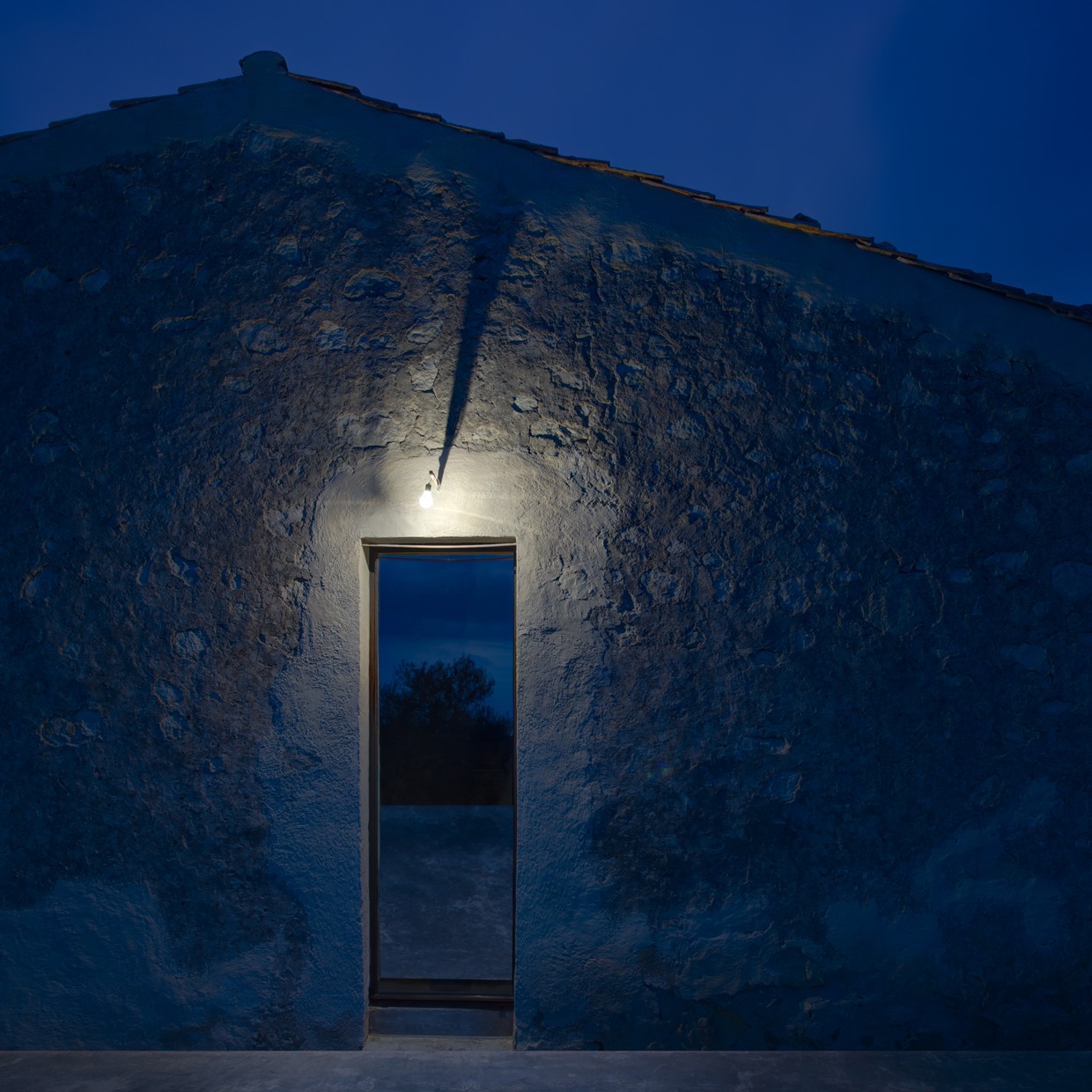
Safety first
One of the most important aspects that motivates us to use outdoor lighting is safety. An illuminated yard not only helps to avoid thieves, but also prevents injuries caused by uneven paths or level changes. Often our desire for greater security and, consequently, brighter lighting, can lead to the opposite result, and we can become disoriented ourselves.
In order not to oversaturate the environment, it is necessary to think carefully about where the lighting is really needed. An illuminated entrance not only helps to orientate, but is also symbolic – we can welcome and accompany each of our guests in a beautiful light. It is also essential to provide path lighting. Even a small amount of light will help to see the path and visually connect several parts of the garden.
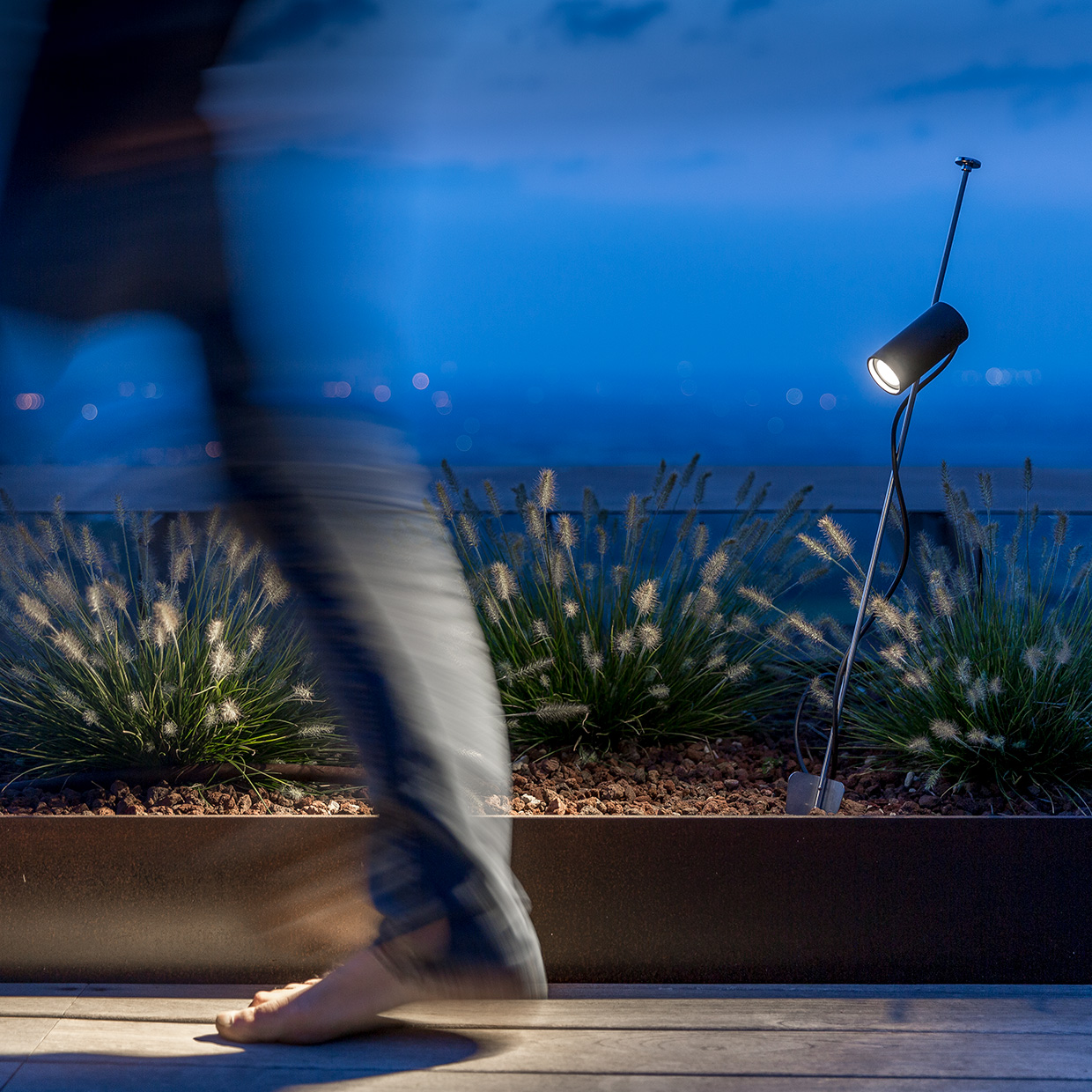
Diversity and adaptability
Light is an unusual medium. We often cling to our notions of lighting and forget that the ways to use it are very different: we can illuminate something or work directly with shadows, mark silhouettes or small details, reveal something or leave it a secret. When planning the lighting, pay attention to the unique details that can enrich the look of the garden. For example, lighting up the bark of an old tree will complement the garden with textures. In turn, by illuminating the wall behind the plants, the light plane will not only highlight the decorative pattern of the plants, but will create a feeling of depth in the garden. Be sure to pay attention to the color of the lighting. In warm light, green plants can look unhealthy, while red leaves are highlighted by warm lighting.
Technological developments allow for more flexible outdoor lighting solutions. It is possible to buy decorative outdoor floor and table lamps, which can be easily moved to the required place, thus avoiding the purchase of unnecessary luminaires and preventing excessive light pollution. However, even such lighting solutions must be carefully planned so that sockets are provided in all necessary places. Wireless outdoor luminaires that can be placed anywhere without worrying about the connection also come in handy.
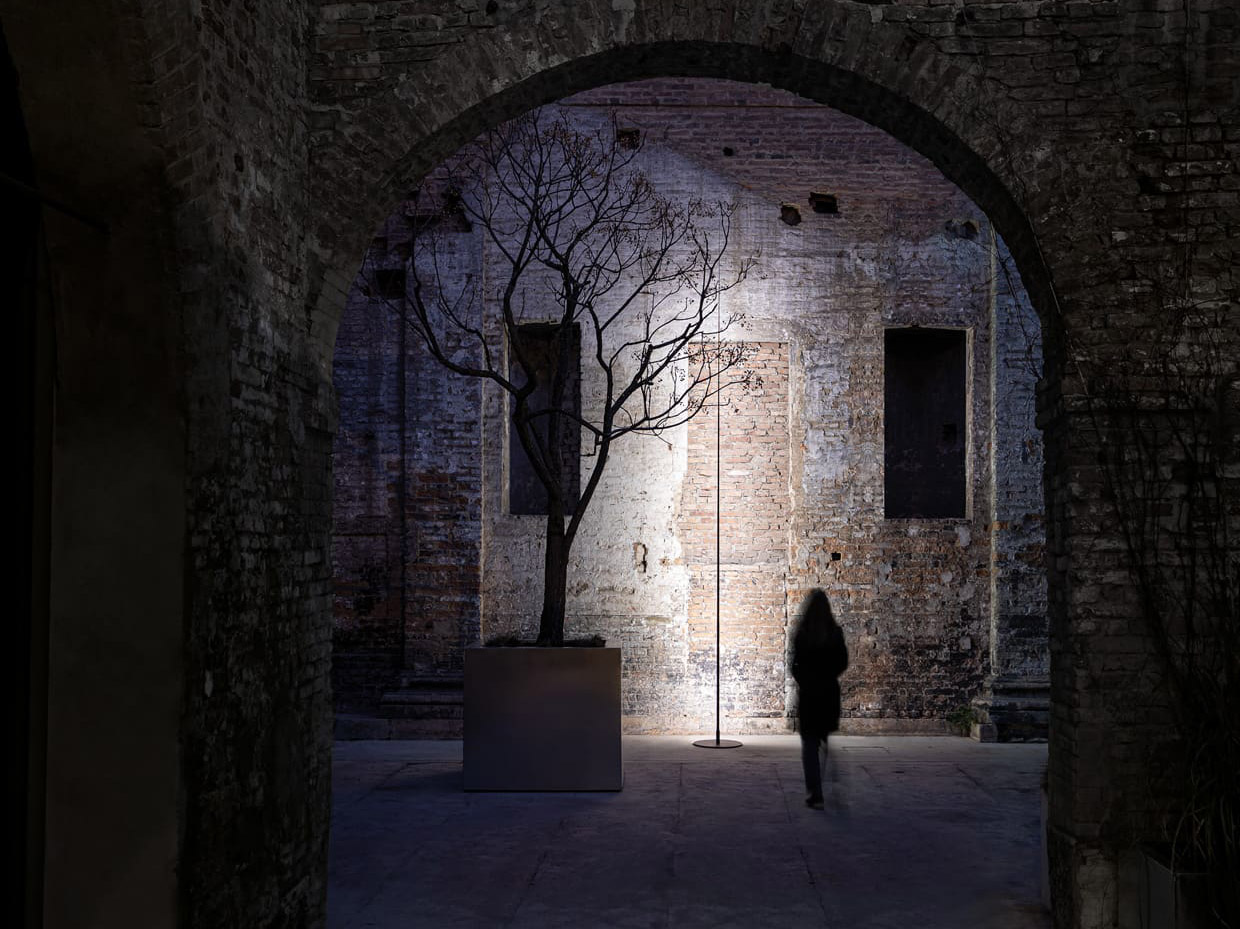
Don't waste your light
Light pollution can be avoided by choosing ground-directed or reflected lighting. It is recommended to avoid bright floodlights that fill the entire yard with light. Instead, it is better to illuminate specific objects, of which the reflected light will be sufficient enough to see the surroundings, mark the spatial hierarchies, the most important points of view and create a pleasant atmosphere.
When planning outdoor lighting, it is important to take into account the connection between indoor and outdoor spaces, including light coming from the inside. For example, a lighted terrace can become a continuation of the living room, while light from the windows can enter the garden with soft, atmospheric light.
If there are large trees growing in the garden, fantastic atmosphere can be achieved by creating moonlighting. A spotlight attached to the top of the tree, casting light through the foliage, will create a natural look reminiscent of full moon nights. Such a solution will be more environmentally friendly, but it should be borne in mind that such a choice requires regular monitoring of the health of the tree.

Lights out!
When going to bed, don't forget to turn off the outdoor lights! Motion or twilight sensors can be used to reduce light pollution as well as save electricity. Motion sensors will be useful, for example, to illuminate paths, and the light will only turn on when needed. If you use a twilight sensor, make sure that it has a time relay that allows you to set the switch-off time.
If you need any advice on creating outdoor lighting or choosing luminaires, contact us by writing to xcelsior@xcelsior.lv!

